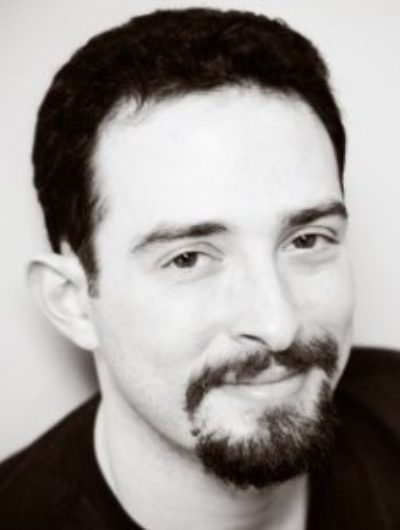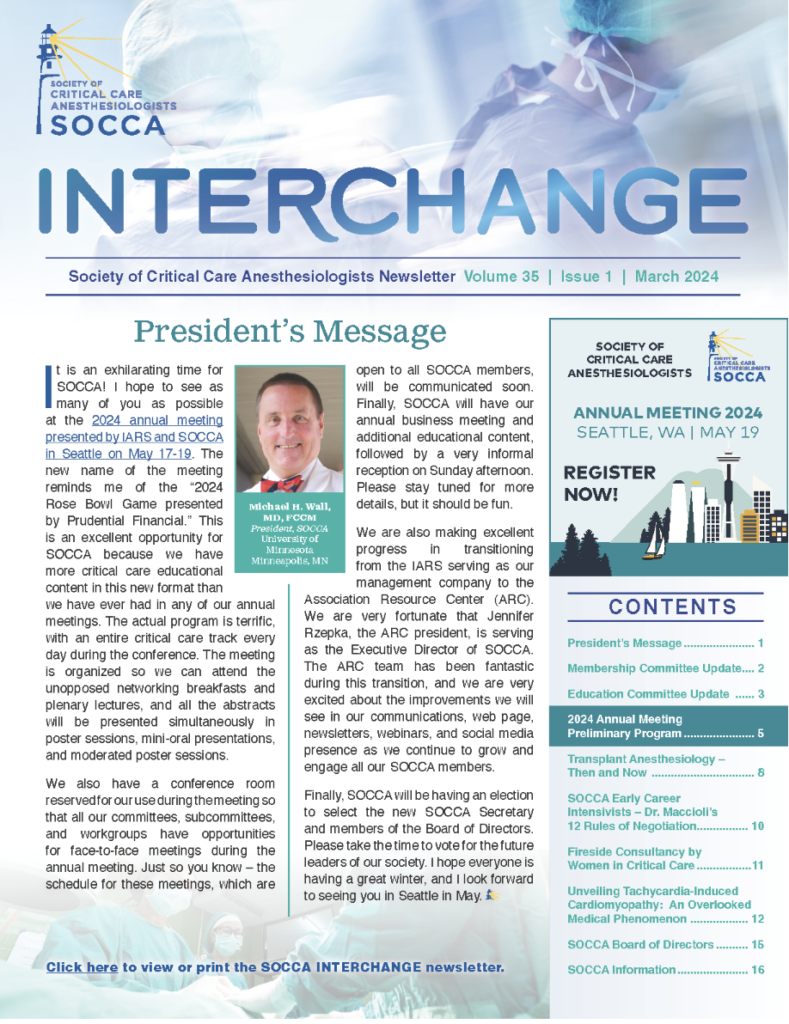Healer, Save Thyself: The Critical Problem of Physician Suicide
"Each way to suicide is its own: intensely private, unknowable, and terrible. Suicide will have seemed to its perpetrator the last and best of bad possibilities, and any attempt by the living to chart this final terrain of life can be only a sketch, maddeningly incomplete."
― Kay Redfield Jamison
When discussing physician wellness, it is hard to avoid the most profound expression of unhappiness and despair, that of ending one’s own life. Suicide among physicians has been a hot topic lately, and rightly so: it is commonly cited that between 300 and 400 physicians in the United States take their own lives every year. The rate of suicide among physicians is substantially higher than that of the population at large, roughly 41% higher for male physicians when compared to all men and a staggering 127% higher for female physicians when compared to all women1. There is some data to suggest that rates are even higher in anesthesiologists and critical care specialists than other physicians, although small numbers make this more difficult to determine conclusively2. It has also been suggested that suicide rates among physicians are even higher than reported, due to the use of euphemistic descriptions like “died suddenly” and “was found dead at home” to avoid social stigma. While it is frequently impossible to pin down a specific reason for any one suicide, there are certain structural, psychological, and emotional aspects of anesthesiology and critical care medicine that may lead to a greater risk for practitioners in our field.
Substance abuse is one predisposing factor that is unfortunately common, and certainly damaging, in anesthesia practitioners. While some early studies implied a much higher rate of substance abuse among anesthesiologists than other physicians3,4, more recent data has brought this finding into question or at least added more nuance. It seems now that anesthesiologists have a higher rate of abuse of major opioids, but this does not automatically translate into a higher overall rate of substance abuse5. In any case, substance abuse disorders have been shown to be a risk factor for suicidal behavior, although it may be hard to disentangle the effects of the substance use from that of other comorbid psychiatric disorders6. It has also been suggested that opioid abuse may confer a higher risk of suicidality than other illicit drugs. In physicians, drug and alcohol abuse may also result in additional work-related stress from potential loss of licenses, privileges, and career opportunities.
Burnout, as defined by emotional exhaustion, depersonalization, and decreased sense of personal achievement, has also been associated with suicidal ideation in physicians and medical students7. Anesthesiologists in general are at a moderately high risk for burnout with rates in the range of 6-18%8,9. Intensivists are at higher risk, with rates as high as 50% reported10. There are several factors that may lead to burnout among anesthesiologists and intensivists, including long hours, high-risk work environments, and elevated levels of physical and emotional stress11. Lack of control of the work environment, an increasing problem in the age of larger multispecialty practice groups and decreased physician autonomy, has also been closely associated with burnout12. One risk factor that is particularly germane to critical care is moral distress, the inability to act according to one’s core values due to internal and external constraints. In the ICU, where one must negotiate life-and-death decisions based on the wishes of patients, families, physicians, and other stakeholders, this is a common issue. Moral distress has been found to be an independent risk factor for burnout in critical care practitioners13.
Compounding these risk factors is the fact that physicians who develop mood, anxiety, or substance use disorders frequently avoid seeking professional help. Even in a field that should theoretically have a heightened awareness of mental disorders and how to address them, concern over the stigmata of seeking help persists14. For students and trainees, this often takes the form of worries that mental health problems will become public knowledge and may affect evaluations and career opportunities; for attending physicians, concerns may focus on the loss of one’s medical license and hospital privileges. While many states have confidential counseling programs for impaired practitioners, there is a persistent fear (sometimes well-founded) that the line between seeking counseling and being deemed unable to practice safely may become blurred. Moreover, even if an anesthesiologist undergoes treatment for substance abuse and is able to remain sober, this may not allow him or her to return to practice within the same specialty, as some studies have indicated that only a minority of residents who are treated for chemical dependence will be able to go on to practice anesthesiology15,16. All of these factors act as deterrents to pursuing treatment. This is of great importance because lack of treatment-seeking behavior has been identified as a risk factor for suicide attempts in depressed individuals17. In many cases, practitioners will choose to risk their lives rather than their careers.
So what are the best approaches for reducing the number of suicides in the medical profession? Harm reduction is attractive, especially since the increased rate of suicide in the medical profession may be in part the result of increased completion, not increased attempts; physicians are uniquely talented at both healing and harming the human body. For instance, while female physicians have a suicide rate much higher than that of other women, they report fewer suicide attempts18. Certain methods, such as “red flag laws” that allow the confiscation of firearms from a person deemed to be at risk of causing harm to themselves or others, are attractive and have great potential to reduce suicides in the population as a whole19. However, physicians and especially anesthesiologists are particularly adept at obtaining lethal doses of medications and may thus be more able to utilize alternative methods. Taking away access to medications without preventing an at-risk individual from practicing medicine may be impossible.
Improving the underlying conditions that lead to depression and burnout may likewise be difficult. Many sources of increased stress, such as loss of control over work environment and increased patient loads, are side effects of larger shifts in the medical system; while they can be improved via structural changes, such efforts require considerable social and professional organization and are therefore not a practical solution in the short term. While burnout and job stress cannot be prevented, there are some promising techniques for managing them, such as optimization of work schedules to provide better work-life balance and greater availability of physician wellness resources like gym memberships and mindfulness activities.
The best hope for reducing the rate of physician suicide may be to improve our ability to recognize and intervene with high-risk individuals. The first and most important step in this process will be to remove some of the stigma attached to seeking help for emotional and substance-use problems. This will require measures to ensure that medical board-associated treatment programs are adequately insulated from licensing activities. We need to move towards a world where no physician will forego treatment due to fear for his or her professional standing; this should apply both to trainees and practicing physicians. This is not to say that all impaired physicians should be allowed to practice without limitations, but that our definition of “impaired” needs to be based on ability to care for patients effectively, not just a psychiatric diagnosis. Such an understanding must begin with medical educators so that it becomes part of a larger “culture of wellness.” It is incumbent on all of us to take on the responsibility of listening to and healing not just our patients, but ourselves.
If you or anyone you know is at risk of suicide, there are resources available:
- National Suicide Prevention Lifeline: 1-800-273-TALK (8255)
- American Foundation for Suicide Prevention: https://afsp.org/our-work/education/healthcare-professional-burnout-depression-suicide-prevention/
- UC San Diego Healer Education Assessment and Referral (HEAR) Program: https://medschool.ucsd.edu/som/hear/Pages/default.aspx
- Schernhammer ES and Colditz GA. Suicide rates among physicians: a quantitative and gender assessment (meta-analysis). Am J Psychiatry 2004; 161:2295-302.
- Alexander BH et al. Cause-specific mortality risks of anesthesiologists. Anesthesiology 2000; 93:922-30.
- Tablott GD et al. The Medical Association of Georgia’s Impaired Physicians Program review of the first 1,000 physicians: analysis of specialty. JAMA 1987; 257:2927-30.
- Hawton K et al. Suicide in doctors: a study of risk according to gender, seniority, and specialty in medical practitioners in England and Wales, 1979-1995. J Epidemiol Comm Health 2001; 55:296-300.
- Hughes PH et al. Physician substance abuse by medical specialty. J Add Dis 1999; 18(2): 23-37.
- Bohnert KM et al. Substance use disorders and the risk of suicide mortality among men and women in the US Veterans Health Administration. Addiction 2017; 112:1193-201.
- Dyrbye LN et al. Burnout and suicidal ideation among U.S. medical students. Ann Int Med 2008; 149;334-341.
- Van der Wal R et al. Psychological distress, burnout and personality traits in Dutch anaesthesiologists: a survey. Eur J Anaesthesiol 2016; 33:179-86.
- Milenovic M et al. High rate of burnout among anaesthesiologists in Belgrade teaching hospitals: results of a cross-sectional survey. Eur J Anaesthesiol 2016; 33:187-94.
- Embriaco N et al. High levels of burnout in intensivists: prevalence and associated factors. Am J Resp Crit Care Med 2007; 175:686-96.
- Wong AV-K and Olusanya O. Burnout and resilience in anaesthesia and intensive care medicine. BJA Education 2017; 17(10): 334-40.
- Freeborn DK. Satisfaction, commitment, and psychological well-being among HMO physicians. West J Med 2001; 174(1): 13-18.
- Fumis RRL et al. Moral distress and its contribution to the development of burnout syndrome among critical care providers. Ann Int Care 2017; 7:71.
- Dyrbye LN et al. The impact of stigma and personal experiences on the help-seeking behaviors of medical students with burnout. Acad Med 2015; 90(7): 961-9.
- Menk EJ et al. Success of reentry into anesthesiology training programs by residents with a history of substance abuse. JAMA 1990; 263:3060-2.
- Collins GB et al. Chemical dependency treatment outcomes of residents in anesthesiology: results of a survey. Anesth Analg 2005; 101:1457-62.
- Hoertel N et al. A comprehensive model of predictors of suicide attempt in depressed individuals and effect of treatment-seeking behavior: results from a national 3-year prospective study. J Clin Psychiatry 2018; 79(5):17m11704.
- Frank E and Dingle AD. Self-reported depression and suicide attempts among U.S. women physicians. Am J Psychiatry 1999; 156(12):1887-94.
- Brent DA et al. The presence and accessibility of firearms in the homes of adolescent suicides: a case-control study. JAMA 1991; 266:2989-95.




































